I have ListView with text and large image from internet. My image item has fit width and wrap_content height.
I tried to display image in background with UIL & Picasso. Both of them can work but the image always reloads when I stop scrolling, and it makes ListView flickering
It looks like this:

You can see that it reload downloaded and cached images when I stop scrolling (I scroll down and then scroll up).
How can I prevent this happen?
<ImageView android:id="@+id/imgFeed"
android:layout_width="match_parent"
android:layout_height="wrap_content"
android:scaleType="centerCrop"/>
// UIL
options = new DisplayImageOptions.Builder()
.showImageOnLoading(defaultImage)
.showImageOnFail(defaultImage)
.showImageForEmptyUri(defaultImage)
.resetViewBeforeLoading(false)
.cacheOnDisk(true).delayBeforeLoading(0)
.displayer(new FadeInBitmapDisplayer(200)).cacheInMemory(true).imageScaleType(ImageScaleType.EXACTLY_STRETCHED).build();
ImageAware imageAware = new ImageViewAware(viewHolder.imgFeed, false);
ImageLoader.getInstance().displayImage(item.getPhotoUrl(), imageAware, options);
// Picasso
Picasso.with(getContext())
.load(item.getPhotoUrl())
.placeholder(R.drawable.place_holder_big)
.resize(screenWidth, 0) //set max width
.into(viewHolder.imgFeed);
For UIL, I tried many ways in this issue but they don't work for me at all.
Update: seems I faced with memory cache issue like this question. But how can I fix this issue? Look at Facebook app, they did it very well. All images have different sizes with fit width, and very smooth scrolling without reloading images. How can they do that?